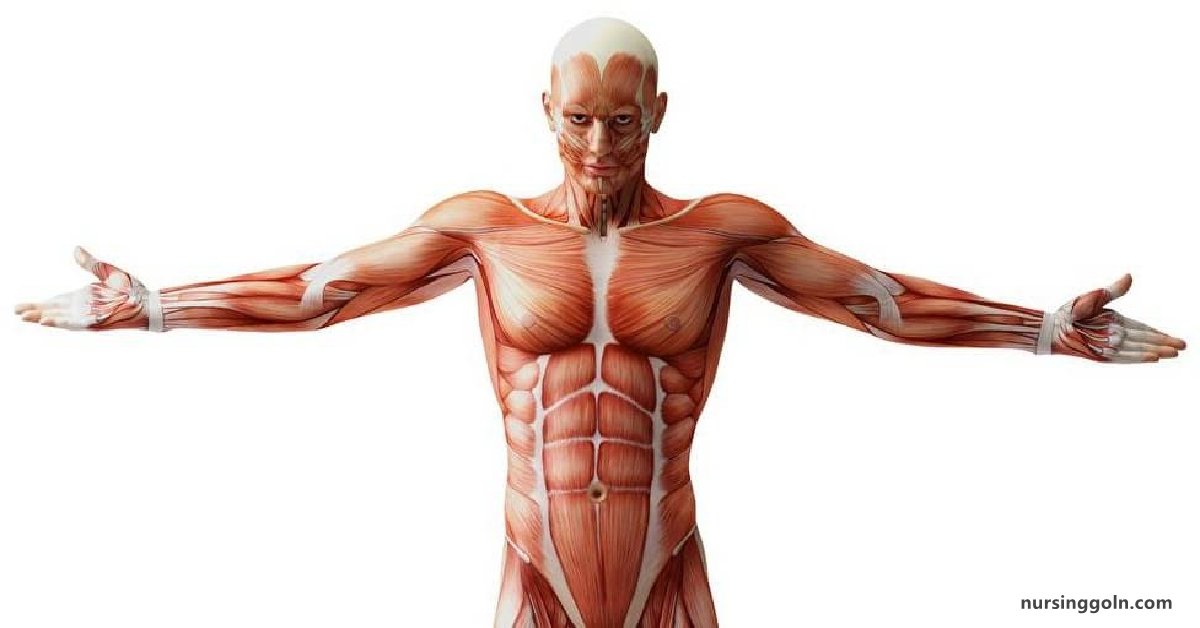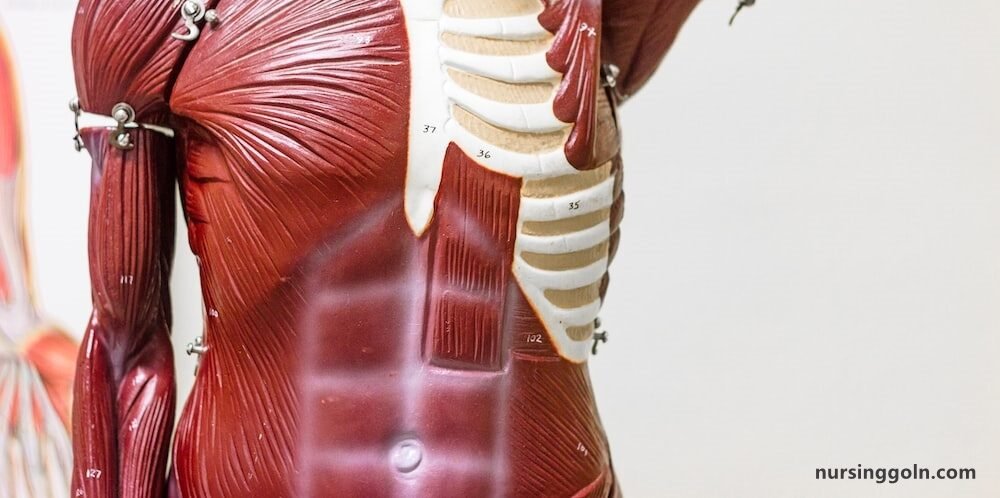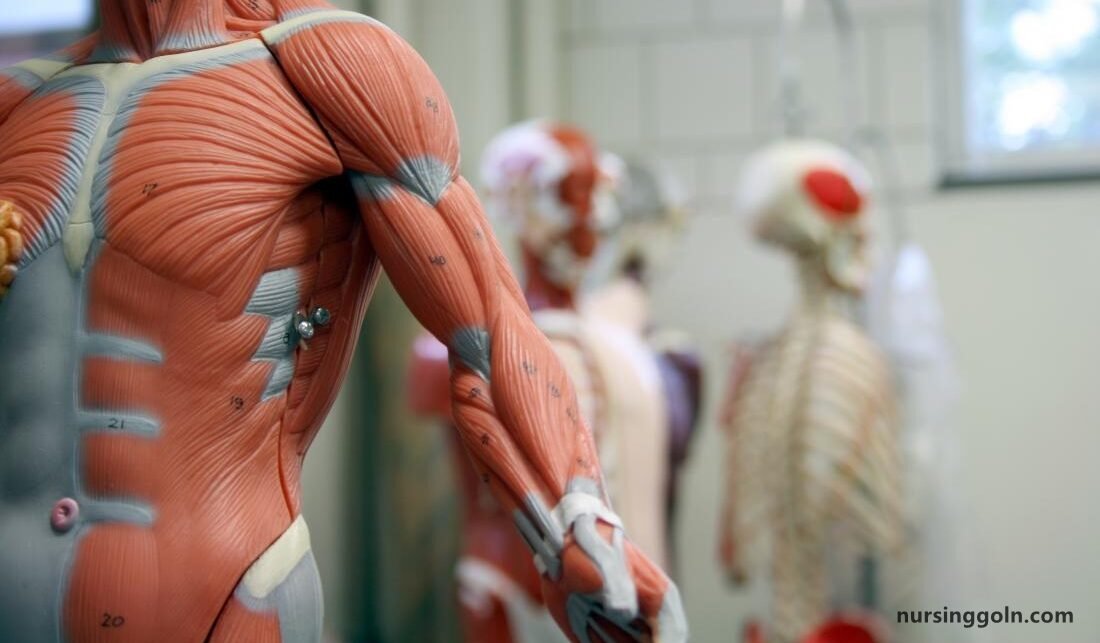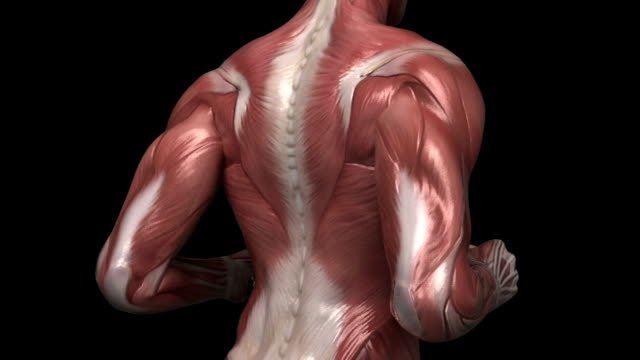Today our topic of discussion is ” Muscles of the Pectoral Girdle and Upper Limbs “. The intricacies of human movement, especially those that involve the arms and the hands, are nothing short of remarkable. Whether you’re lifting a weight, painting a masterpiece, or simply waving hello, you’re relying on the synchronized function of the muscles of the pectoral girdle and upper limbs. This article embarks on a comprehensive journey through these muscles, diving deep into their anatomy, function, and importance.

Muscles of the Pectoral Girdle and Upper Limbs: The Muscular System
1. The Pectoral Girdle: The Supportive Framework
The pectoral girdle, comprising the clavicle (collarbone) and the scapula (shoulder blade), serves as the attachment point for various muscles that allow a vast range of motion for the upper limbs. These muscles can be classified based on their location and function.
2. Anterior Muscles of the Pectoral Girdle
- Pectoralis Minor: Located beneath the pectoralis major, this muscle plays a role in stabilizing the scapula.
- Serratus Anterior: This muscle fans out along the rib cage, pulling the scapula forward and around the ribcage.
3. Posterior Muscles of the Pectoral Girdle
- Trapezius: A broad, flat muscle that extends down the back of the neck and upper spine, it moves, rotates, and stabilizes the scapula.
- Levator Scapulae: As the name suggests, this muscle elevates the scapula.
- Rhomboid Major and Minor: These muscles pull the scapula medially, towards the spine.

4. Muscles of the Upper Arm
The upper arm houses some of the most recognized muscles:
- Biceps Brachii: This bi-headed muscle is responsible for arm flexion and supination of the forearm.
- Triceps Brachii: Opposite to the biceps, this three-headed muscle is responsible for arm extension.
- Coracobrachialis: A lesser-known muscle, it aids in flexing and adducting the arm.
5. Muscles of the Forearm
The forearm contains a myriad of muscles, responsible for various wrist and finger movements:
- Flexor Group: These muscles, located on the anterior side, are responsible for flexing the digits and wrist.
- Extensor Group: Located on the posterior side, they extend the digits and wrist.
- Pronator Teres and Pronator Quadratus: These muscles work to pronate the forearm.
- Supinator: Opposite of the pronators, this muscle supinates the forearm.

6. The Shoulder’s Role: Dynamic and Complex
The shoulder joint is one of the most mobile joints in the human body, allowing the arm to move in multiple planes. Muscles such as the rotator cuff group (comprising the supraspinatus, infraspinatus, teres minor, and subscapularis) play crucial roles in stabilizing and moving the shoulder joint.
7. Common Injuries: Wear, Tear, and Repair
Given their constant use, the muscles of the pectoral girdle and upper limbs are prone to injuries:
- Rotator Cuff Tears: Common among athletes and the elderly, these involve tears in the shoulder’s stabilizing muscles.
- Tennis/Golfer’s Elbow: Inflammation or injury to the forearm muscles’ tendons.

8. Maintaining Muscle Health
Regular exercise, stretching, and strength training are vital. Activities like resistance training, yoga, and even basic daily stretches can help maintain the health and flexibility of these muscles.
9. Surgical and Therapeutic Interventions
In cases of severe injury, interventions like surgery or physiotherapy may be required. Advances in minimally invasive surgeries and targeted physical therapy protocols have improved recovery outcomes.
10. The Evolutionary Perspective
The sophisticated musculature of the pectoral girdle and upper limbs is a testament to human evolution. Our ancestors’ shift from quadrupedal to bipedal movement necessitated refined arm and hand functions for tasks like tool use, leading to the complex muscular system we observe today.

Conclusion
The muscles of the pectoral girdle and upper limbs are intricate and multifunctional, playing pivotal roles in almost every daily activity. From the broad trapezius at the back to the small intrinsic hand muscles, each contributes to the coordinated symphony of movements we often take for granted. Understanding their anatomy and function is not only crucial for medical and health professionals but for anyone keen to appreciate the marvel of human biomechanics.
Read more:
